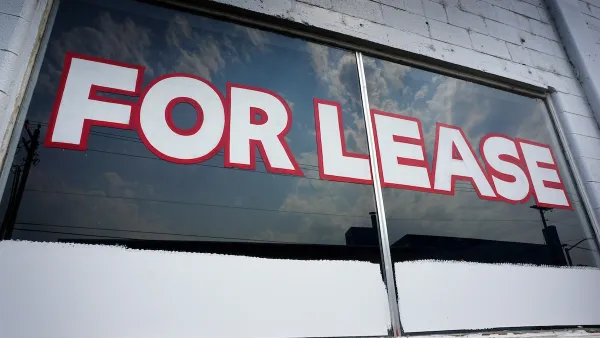How making residential building requirements more flexible can ease the housing crisis and make neighborhoods more livable for more households.

In a piece for Strong Towns, Ben Abramson explains why minimum lot size requirements often stifle new housing development and lead to higher housing costs and a dearth of affordable housing for smaller households.
Advocates for incremental development suggest that cities should adjust their zoning codes to allow for more flexible, affordable development that makes use of existing infrastructure to increase the housing supply, eliminating expensive approval processes whose costs get passed on to buyers. “Enabling a fee-simple transaction lets buyers own the dirt under their property and gives underwriters greater confidence in its viability. The more ways your community can enable builders to develop housing options with fee-simple sales, the faster they can address North America’s glaring housing shortage.”
Portland, Oregon developer Neil Heller says incremental development, such as building multiple housing units or subdivided homes on single-family zoned lots, doesn’t bring about the massive changes some people fear. “Yes, you do notice change, but it's almost imperceptible … the average person just going down the street would probably not even notice what's going on in the backyard.”
Some cities, such as Austin and Houston, have reduced minimum lot sizes as part of zoning reforms to both encourage denser, more walkable development and boost the housing supply.
FULL STORY: How Minimum Lot Size Requirements Maximize the Housing Crisis

National Parks Layoffs Will Cause Communities to Lose Billions
Thousands of essential park workers were laid off this week, just before the busy spring break season.

Retro-silient?: America’s First “Eco-burb,” The Woodlands Turns 50
A master-planned community north of Houston offers lessons on green infrastructure and resilient design, but falls short of its founder’s lofty affordability and walkability goals.

Delivering for America Plan Will Downgrade Mail Service in at Least 49.5 Percent of Zip Codes
Republican and Democrat lawmakers criticize the plan for its disproportionate negative impact on rural communities.

Test News Post 1
This is a summary

Test News Headline 46
Test for the image on the front page.

Balancing Bombs and Butterflies: How the National Guard Protects a Rare Species
The National Guard at Fort Indiantown Gap uses GIS technology and land management strategies to balance military training with conservation efforts, ensuring the survival of the rare eastern regal fritillary butterfly.
Urban Design for Planners 1: Software Tools
This six-course series explores essential urban design concepts using open source software and equips planners with the tools they need to participate fully in the urban design process.
Planning for Universal Design
Learn the tools for implementing Universal Design in planning regulations.
EMC Planning Group, Inc.
Planetizen
Planetizen
Mpact (formerly Rail~Volution)
Great Falls Development Authority, Inc.
HUDs Office of Policy Development and Research
NYU Wagner Graduate School of Public Service





























